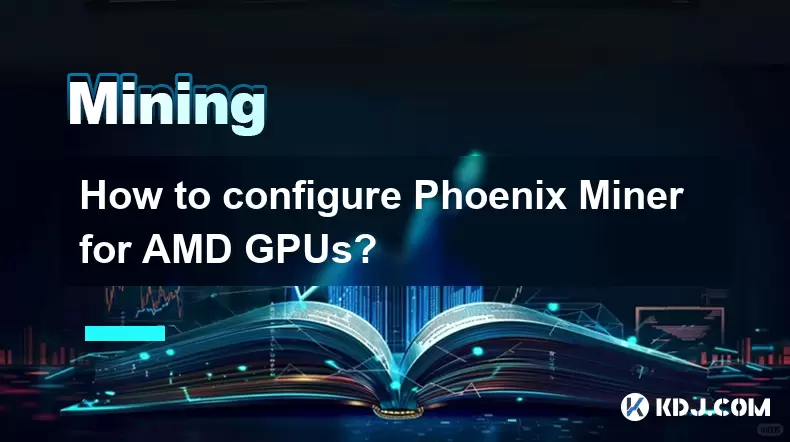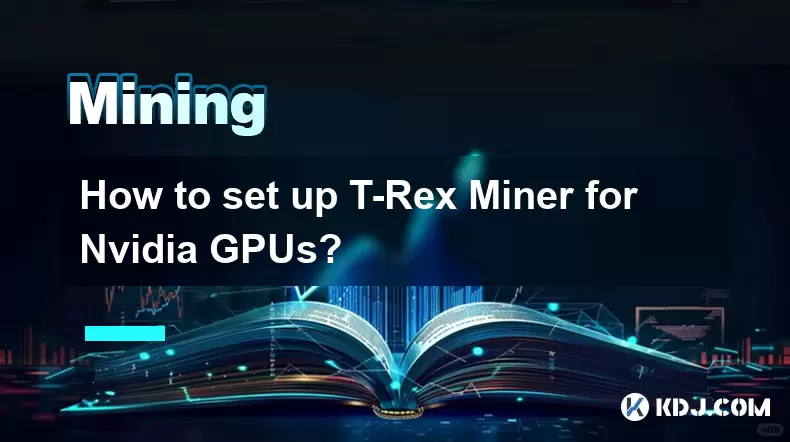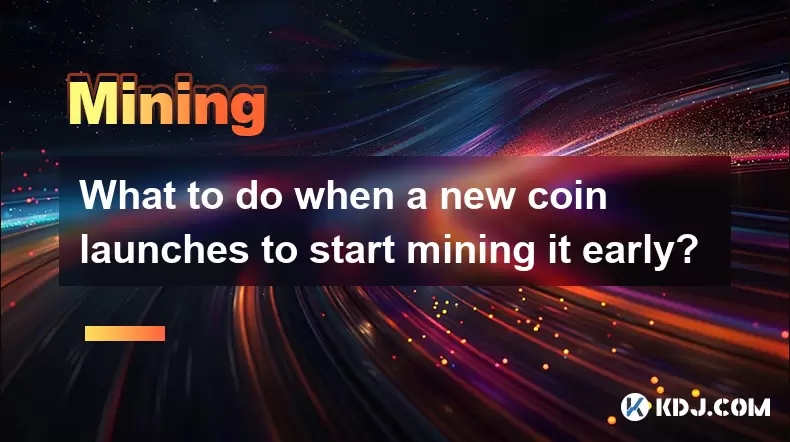-
 Bitcoin
Bitcoin $119000
-2.21% -
 Ethereum
Ethereum $4315
1.01% -
 XRP
XRP $3.151
-3.11% -
 Tether USDt
Tether USDt $0.0000
0.00% -
 BNB
BNB $808.5
-0.71% -
 Solana
Solana $175.8
-4.21% -
 USDC
USDC $0.9999
0.00% -
 Dogecoin
Dogecoin $0.2250
-3.92% -
 TRON
TRON $0.3469
1.77% -
 Cardano
Cardano $0.7818
-3.81% -
 Chainlink
Chainlink $21.47
-2.10% -
 Hyperliquid
Hyperliquid $43.30
-6.81% -
 Stellar
Stellar $0.4370
-2.84% -
 Sui
Sui $3.682
-4.40% -
 Bitcoin Cash
Bitcoin Cash $590.8
2.67% -
 Hedera
Hedera $0.2484
-5.20% -
 Ethena USDe
Ethena USDe $1.001
0.00% -
 Avalanche
Avalanche $23.10
-4.29% -
 Litecoin
Litecoin $119.2
-3.96% -
 Toncoin
Toncoin $3.409
0.90% -
 UNUS SED LEO
UNUS SED LEO $9.016
-1.29% -
 Shiba Inu
Shiba Inu $0.00001304
-3.82% -
 Uniswap
Uniswap $11.18
1.33% -
 Polkadot
Polkadot $3.913
-3.51% -
 Cronos
Cronos $0.1672
-3.08% -
 Dai
Dai $1.000
0.02% -
 Ethena
Ethena $0.7899
-4.70% -
 Bitget Token
Bitget Token $4.400
-1.23% -
 Pepe
Pepe $0.00001132
-5.93% -
 Monero
Monero $257.9
-6.44%
Bitcoin mining risk and return analysis: How to reduce the probability of loss?
Bitcoin mining offers high returns but comes with risks like hardware costs, electricity expenses, and market volatility; strategies like joining pools and using efficient hardware can mitigate these.
Jun 08, 2025 at 10:50 pm

Bitcoin mining has become an increasingly popular venture within the cryptocurrency space, driven by the potential for high returns. However, like any investment, it comes with its own set of risks. Understanding these risks and learning how to mitigate them is crucial for anyone considering entering the Bitcoin mining industry. This article will delve into the risk and return analysis of Bitcoin mining and provide strategies to reduce the probability of loss.
Understanding Bitcoin Mining
Bitcoin mining is the process by which new bitcoins are introduced into circulation and transactions are verified and added to the blockchain. Miners use specialized computer hardware to solve complex mathematical problems, and in return, they are rewarded with bitcoins. The process is competitive, and the difficulty of the problems adjusts periodically to ensure a steady rate of new bitcoins being added to the supply.
Risks Involved in Bitcoin Mining
There are several risks associated with Bitcoin mining that potential miners should be aware of. These include:
Hardware Costs and Depreciation: The initial investment in mining hardware can be significant. Moreover, the rapid advancement in technology means that mining equipment can become obsolete quickly, leading to depreciation.
Electricity Costs: Mining consumes a substantial amount of electricity. Depending on the location and the cost of electricity, this can significantly impact the profitability of mining operations.
Regulatory Risks: The legal status of Bitcoin and mining varies by country. Changes in regulations can affect the ability to mine or the value of mined bitcoins.
Market Volatility: The price of Bitcoin can be highly volatile, which directly impacts the value of the mining rewards. A drop in Bitcoin's price can turn a profitable operation into a loss-making one.
Operational Risks: These include hardware failures, theft, and cybersecurity threats. Mining operations require constant monitoring and maintenance to ensure they run smoothly.
Returns from Bitcoin Mining
The primary return from Bitcoin mining is the block reward, which is the number of bitcoins awarded to the miner who successfully adds a block to the blockchain. Additionally, miners earn transaction fees from the transactions included in the block they mine. The total return from mining depends on several factors, including the price of Bitcoin, the efficiency of the mining hardware, and the cost of electricity.
Strategies to Reduce the Probability of Loss
To mitigate the risks associated with Bitcoin mining and improve the chances of profitability, consider the following strategies:
Choose the Right Hardware: Investing in the latest and most efficient mining hardware can reduce electricity costs and improve the chances of solving the mathematical problems faster. Research and compare different models to find the best fit for your budget and needs.
Optimize Electricity Costs: Look for locations with low electricity rates or consider renewable energy sources like solar or wind power. Some miners even relocate their operations to areas with cheaper electricity to maximize profits.
Join a Mining Pool: Joining a mining pool can provide a more consistent income stream. While the rewards are shared among pool members, it reduces the variance in earnings and provides a more predictable return.
Stay Informed About Regulations: Keep abreast of the latest regulatory changes in your country and globally. Understanding the legal landscape can help you adapt your mining operations to comply with new laws and avoid potential shutdowns.
Diversify Your Investments: Don't put all your resources into mining. Consider diversifying your investments within the cryptocurrency space or into other asset classes to spread the risk.
Implement Robust Security Measures: Protect your mining operation from theft and cyber-attacks. Use secure wallets, implement multi-factor authentication, and regularly update your software to guard against vulnerabilities.
Monitor and Adjust: Continuously monitor the performance of your mining operation and adjust your strategy as needed. This includes keeping an eye on the market price of Bitcoin, the difficulty level of mining, and the health of your hardware.
Analyzing the Cost-Benefit Ratio
To determine whether Bitcoin mining is a viable venture, it's essential to conduct a thorough cost-benefit analysis. Calculate the total costs, including hardware, electricity, and any other operational expenses. Then, estimate the potential returns based on current Bitcoin prices and mining difficulty. Use this analysis to decide whether the potential returns justify the risks and costs involved.
Case Studies of Successful and Unsuccessful Mining Operations
Examining real-world examples can provide valuable insights into what works and what doesn't in Bitcoin mining. Successful mining operations often share common traits such as efficient hardware, low electricity costs, and effective risk management strategies. On the other hand, unsuccessful operations typically suffer from high costs, regulatory issues, or poor planning. Studying these case studies can help you learn from others' experiences and apply those lessons to your own mining venture.
Frequently Asked Questions
Q: Can I start Bitcoin mining with a regular computer?
A: While it is technically possible to mine Bitcoin with a regular computer, it is not practical or profitable. Bitcoin mining requires specialized hardware known as ASICs (Application-Specific Integrated Circuits) to be competitive in the current mining landscape.
Q: How long does it take to break even on a Bitcoin mining investment?
A: The time it takes to break even on a Bitcoin mining investment varies widely depending on factors such as the cost of hardware, electricity rates, and the price of Bitcoin. It could take anywhere from a few months to a year or more to recoup your initial investment.
Q: Is it better to mine Bitcoin alone or join a mining pool?
A: Joining a mining pool is generally more beneficial for individual miners. While the rewards are shared, mining pools offer a more consistent income stream and reduce the variance in earnings, making it easier to plan and manage your mining operation.
Q: What are the environmental impacts of Bitcoin mining?
A: Bitcoin mining consumes a significant amount of electricity, which can have a substantial environmental impact depending on the source of the power. Miners using renewable energy sources can mitigate these impacts, but overall, the carbon footprint of Bitcoin mining is a topic of ongoing debate and concern within the cryptocurrency community.
Disclaimer:info@kdj.com
The information provided is not trading advice. kdj.com does not assume any responsibility for any investments made based on the information provided in this article. Cryptocurrencies are highly volatile and it is highly recommended that you invest with caution after thorough research!
If you believe that the content used on this website infringes your copyright, please contact us immediately (info@kdj.com) and we will delete it promptly.
- Arc Blockchain: Circle's Layer-1 Play Amidst $428 Million Loss
- 2025-08-12 20:30:13
- XRP Price: Riding the Bull Cycle Wave or Hitting a Wall?
- 2025-08-12 20:50:12
- Cloud Mining in 2025: Chasing Passive Income and High Returns
- 2025-08-12 20:30:13
- Solana Price, Meme Coins, and 100x Gains: What's the Hype?
- 2025-08-12 20:50:12
- Japan, Bitcoin, and Treasuries: A New Era of Corporate Finance?
- 2025-08-12 18:30:12
- Bitcoin Bull Market: Decoding the Indicators for the Next Big Move
- 2025-08-12 18:30:12
Related knowledge

How to configure Phoenix Miner for AMD GPUs?
Aug 11,2025 at 03:21am
Understanding Phoenix Miner and Its Compatibility with AMD GPUsPhoenix Miner is a lightweight, high-performance Ethereum mining software designed for ...

How to set up T-Rex Miner for Nvidia GPUs?
Aug 10,2025 at 12:07am
Understanding T-Rex Miner and Its Compatibility with Nvidia GPUsT-Rex Miner is a high-performance mining software designed specifically for Nvidia GPU...

What is "proof-of-work" and how does it relate to mining?
Aug 07,2025 at 02:03pm
Understanding the Concept of Proof-of-WorkProof-of-work (PoW) is a consensus mechanism used in blockchain networks to validate transactions and secure...

What are the differences between mining on Windows vs. Linux?
Aug 06,2025 at 11:29pm
Overview of Cryptocurrency Mining PlatformsCryptocurrency mining involves using computational power to solve complex cryptographic puzzles and validat...

How to use an old computer for cryptocurrency mining?
Aug 07,2025 at 12:42pm
Understanding the Feasibility of Using an Old Computer for MiningUsing an old computer for cryptocurrency mining may seem outdated, but it is still te...

What to do when a new coin launches to start mining it early?
Aug 11,2025 at 01:15am
Understanding the Early Mining WindowWhen a new coin launches, the initial phase presents a unique opportunity for miners to gain a competitive edge. ...

How to configure Phoenix Miner for AMD GPUs?
Aug 11,2025 at 03:21am
Understanding Phoenix Miner and Its Compatibility with AMD GPUsPhoenix Miner is a lightweight, high-performance Ethereum mining software designed for ...

How to set up T-Rex Miner for Nvidia GPUs?
Aug 10,2025 at 12:07am
Understanding T-Rex Miner and Its Compatibility with Nvidia GPUsT-Rex Miner is a high-performance mining software designed specifically for Nvidia GPU...

What is "proof-of-work" and how does it relate to mining?
Aug 07,2025 at 02:03pm
Understanding the Concept of Proof-of-WorkProof-of-work (PoW) is a consensus mechanism used in blockchain networks to validate transactions and secure...

What are the differences between mining on Windows vs. Linux?
Aug 06,2025 at 11:29pm
Overview of Cryptocurrency Mining PlatformsCryptocurrency mining involves using computational power to solve complex cryptographic puzzles and validat...

How to use an old computer for cryptocurrency mining?
Aug 07,2025 at 12:42pm
Understanding the Feasibility of Using an Old Computer for MiningUsing an old computer for cryptocurrency mining may seem outdated, but it is still te...

What to do when a new coin launches to start mining it early?
Aug 11,2025 at 01:15am
Understanding the Early Mining WindowWhen a new coin launches, the initial phase presents a unique opportunity for miners to gain a competitive edge. ...
See all articles

























































































